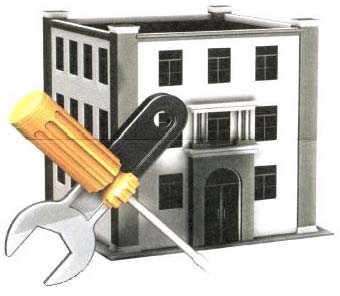Repairs vs Improvements

Repairs Versus Improvements
If you own a business or an income-producing property, you know there is an important tax difference between a "repair" and an "improvement." The cost of a repair can be deducted in its entirety in the year it is incurred, but the cost of an improvement must be capitalized and is generally deducted over a number of years. Because the difference between a repair and improvement may seem unclear in certain situations, the IRS has issued a set of guidelines that will apply for the first time in the 2014 tax year.*
An "Improvement"
Under the new guidelines, the IRS defines an "improvement" as a betterment, an adaptation, or a restoration. Generally, a betterment makes a material improvement, an adaptation changes the use of the unit, and a restoration restores the unit to operating condition.

Unit of Production
The next step is to determine what exactly has been improved. "Unit of production" (UOP) is an important definition in the regulations because, as a general rule, the larger the UOP, the more likely the expenditure will be deemed a minor repair.
For property other than buildings, a single UOP consists of all the components that are functionally interdependent. For example, consider a laptop computer and a printer. Because the computer can be placed in service without the printer, they are not functionally interdependent components and are therefore separate units of property.
A building consists of the structure and its structural components (in general, one UOP). Amounts are treated as paid for an improvement to the building if they improve either the structure or any one of nine separate systems, such as the plumbing system or the electrical system.
Safe Harbors
Safe harbors apply for qualifying taxpayers who do certain routine maintenance and/or incur expenses below certain thresholds. We can provide details.
* Retroactive application to tax years 2012 and 2013 is allowed.
2014 Mar Pg 04


